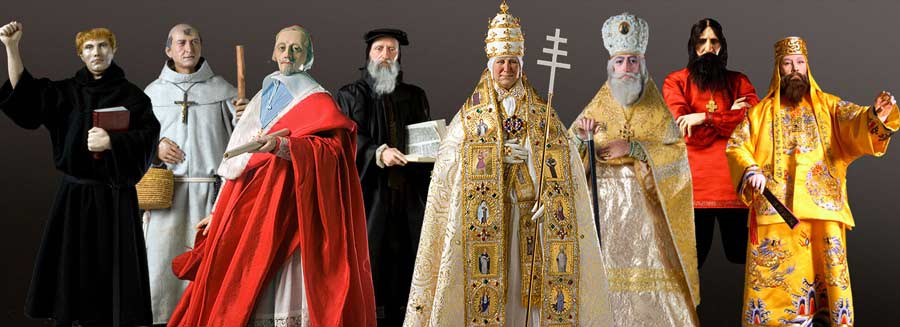
Clergy
Most of our clerical subjects were active among the political elite of their times. A few were even devout and saintly. Until the Reformation of the 1500s, all were Roman or Greek Orthodox Catholics. The Catholic hierarchies worked closely with the secular rulers and still do. Western Europe functioned under a duel rule of Holy Roman Emperor, the secular arm; and the Holy Roman Catholic Church, the spiritual arm. The power of this union was greatly diminished following the Reformation and the rise of Protestantism of Calvin and John Knox. The Eastern Orthodox Church remained a powerful political force until the early days of the 20th century. In czarist Russia, clerics like Patriarchs Nikon and Phillaret were closely allied with the crown. Even mystics like Gregori Rasputin and Baroness Krudener had the ear of their rulers.
The enormous influence wielded by these clerics in the affairs of state would be beyond the imagining of today’s citizens. For the most part, historians see this influence as conflictive if not dangerous. Of course there were exceptions where the influence was a benefit to the state (ruler) with able administrators Like Cardinals Wolsey, Richelieu and Tremblay. Among those we have included, only a minority had totally sinister influence. By and large the negativity could be attributed to a misguided view and was little worse than the secular hear of state of their time. Many clerics, like friars de las Casas, Kino and Serra were ordered to a life of outreach.
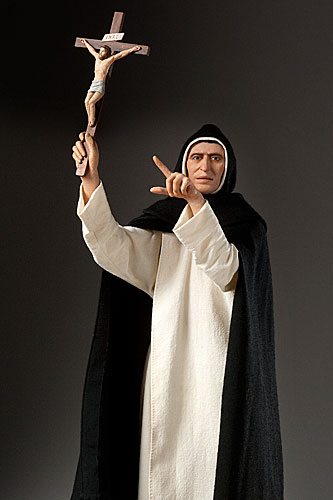 Girolamo Savonarola
Girolamo Savonarola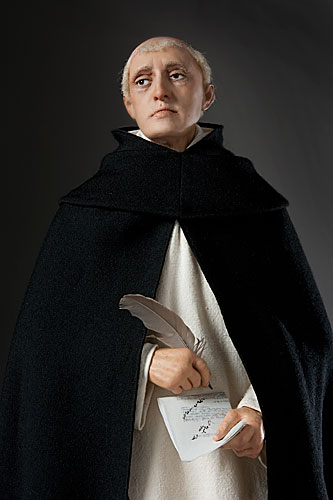 Tomas de Torquemada
Tomas de Torquemada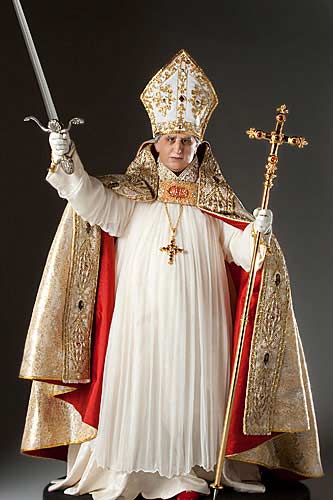 Pope Alexander VI 1496
Pope Alexander VI 1496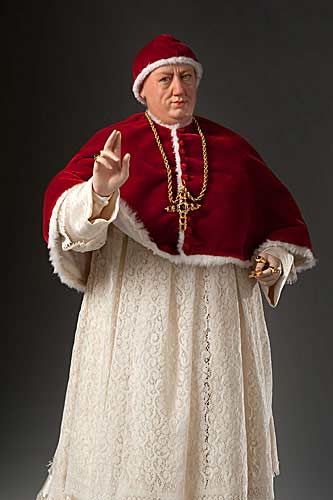 Pope Leo X
Pope Leo X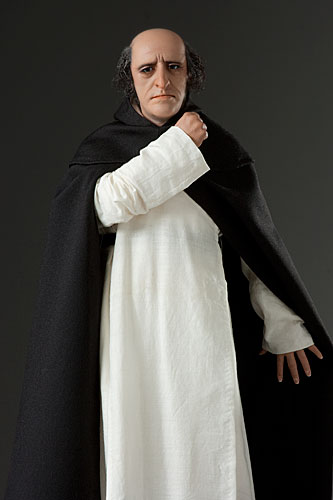 Bartolomeo de las Casas
Bartolomeo de las Casas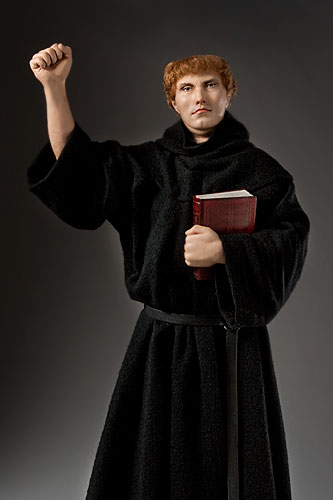 Martin Luther
Martin Luther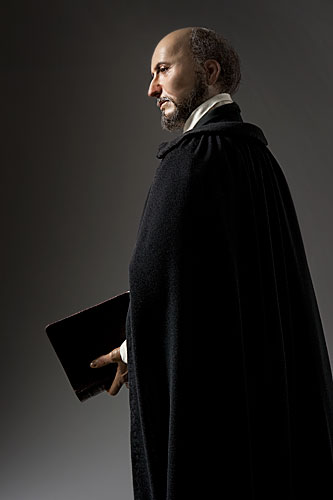 St. Ignatius de Loyola
St. Ignatius de Loyola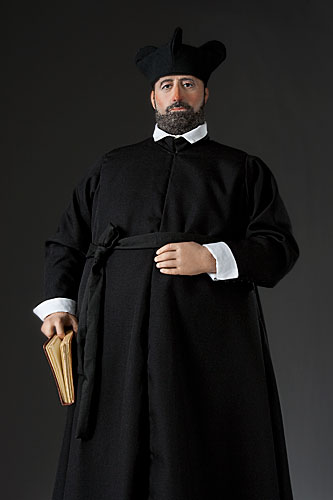 St. Francis Borgia
St. Francis Borgia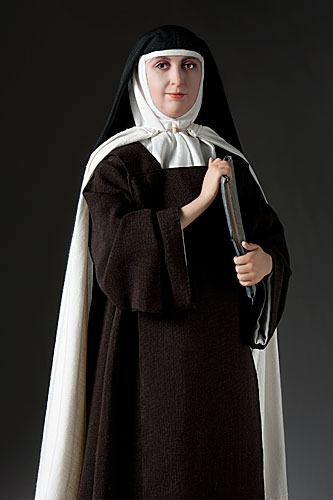 St. Teresa of Avila
St. Teresa of Avila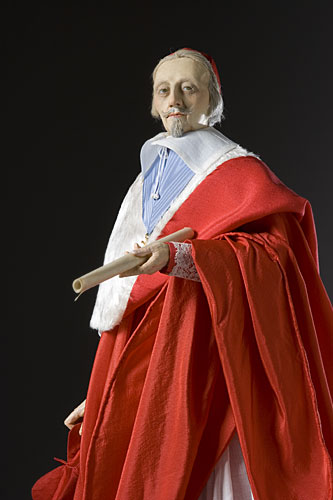 Cardinal Richelieu
Cardinal Richelieu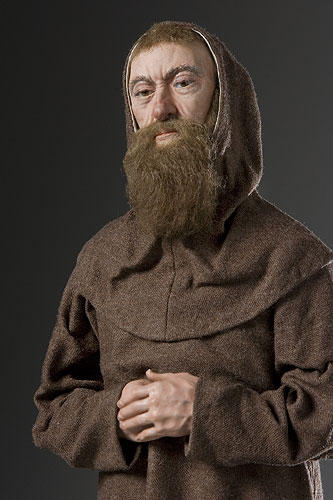 Fr. Joseph Francois du Tremblay
Fr. Joseph Francois du Tremblay Patriarch Nikon
Patriarch Nikon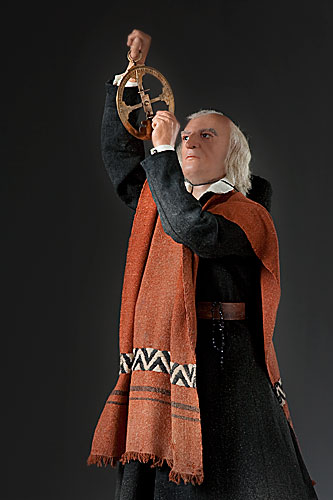 Father Eusebio Kino
Father Eusebio Kino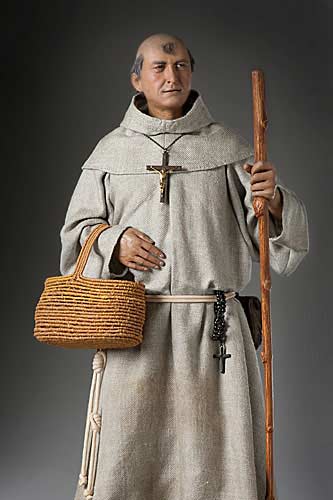 Fr. Junipero Serra 1767
Fr. Junipero Serra 1767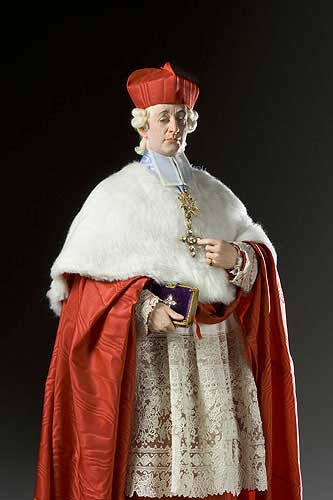 Cardinal Louis de Rohan
Cardinal Louis de Rohan Baroness Krudener
Baroness Krudener Hung Hsiu Chuan – Taiping Emperor
Hung Hsiu Chuan – Taiping Emperor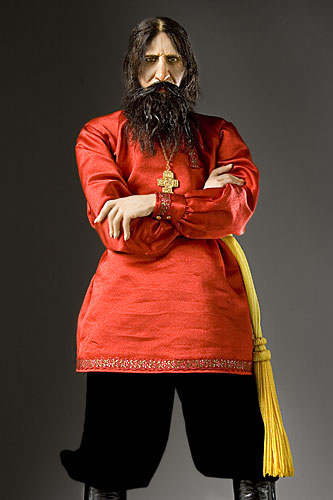 Gregori Rasputin
Gregori Rasputin